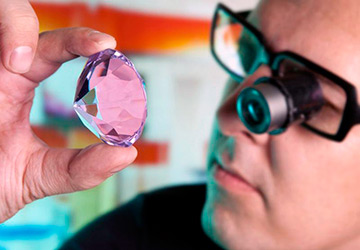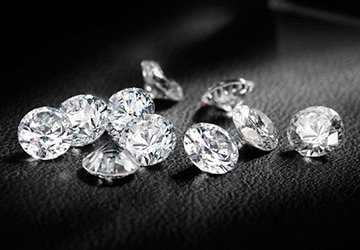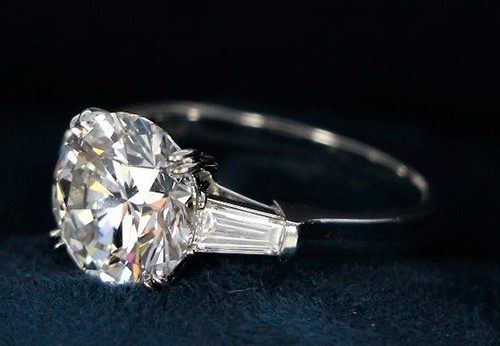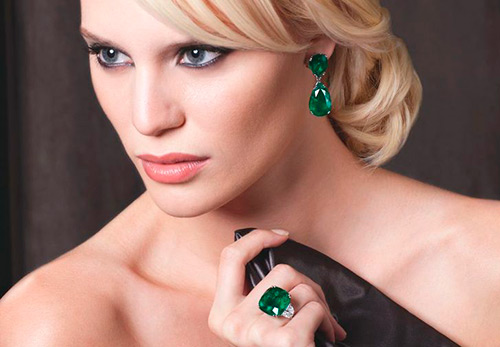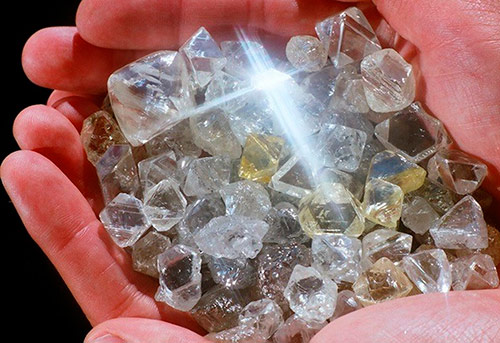Jewelry
Gemstone diamond - properties
Since ancient times, precious stones have attracted a person's eyes, delighted and enchanted. Color plays a huge role in the symbolism of precious stones. Inspired by nature itself, people have chosen the diamond as a symbol of light.
However, due to his hardness, he did not immediately win the palm among his fellow precious stones. But diamonds have always been expensive. When technical advances in cutting made it possible to discover the beauty of a stone, the value of a diamond, and now a diamond, increased tenfold. So how is “indestructible and sparkling” assessed?
The quality of any gemstone, including diamond, is determined by four indicators, or four "C". This is what the British call Carat, Color, Clarity and Cut for short. This translates to carat weight, color, clarity and cut.
The measure of the mass of gemstones - a carat - is about 0.2 grams. The term carat comes from the Italian carato, which in turn comes from the Greek keration. It is an ancient unit of weight that corresponds to the mass of Ceratonia siliqua seeds. The seeds were used as a measure of weight. Subsequently, in 1907 in Paris, at the 4th General Conference on Weights and Measures of Carats, it was officially adopted.
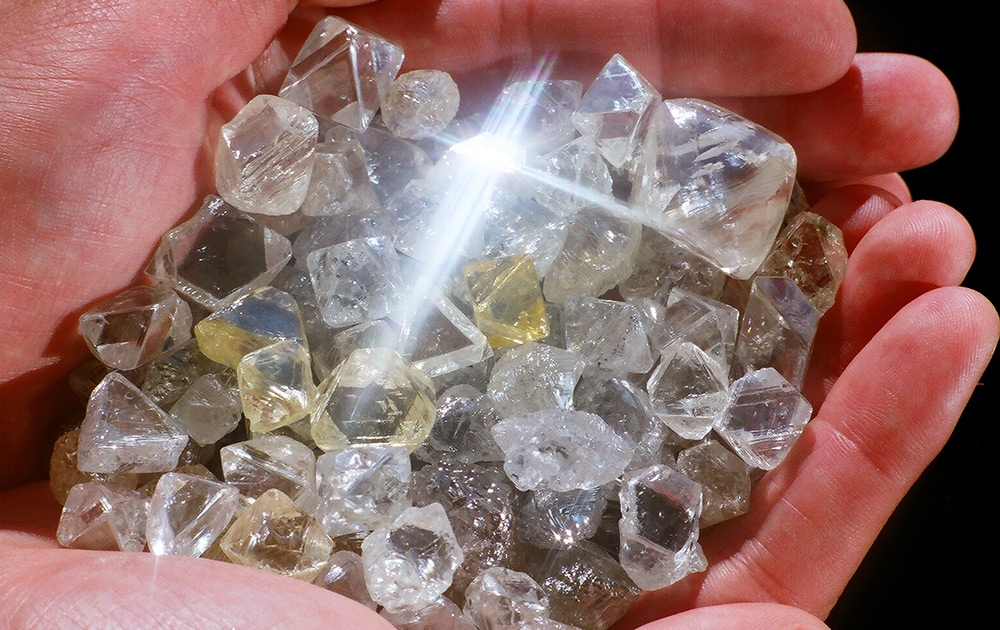
If you compare diamonds of 1 and 10 carats, then the latter will cost a hundred times more than the first. This is called the Tavernier Rule, in which the prices of two diamonds of different mass are correlated, like the squares of their weights. There is one more unit of weight measurement, for stones less than 1 carat, it is called point 1 carat = 100 points.
Diamond color
Most diamonds are color-coded, although for many of us they appear colorless. Colorless diamonds are extremely rare. Jewelers use diamond color grades to determine the hue.
Gradation lettering adopted by the Gemological Institute of America. For example, stones D and E - colorless, F and G - with a bluish tint, H, I and J - slightly touched by yellowness, K and L - with pale yellowness, M and N - slightly yellowish, O, P, Q, R - yellow, S - Z - deep yellow. In Russia, the gradation is designated by numbers - from 1 to 9, where the brown color is hidden under the number 9.
The weight of the stone and the number of faces are taken into account. For example, small stones with 17 edges have only 4 categories, while larger stones with 57 edges have 7 categories.
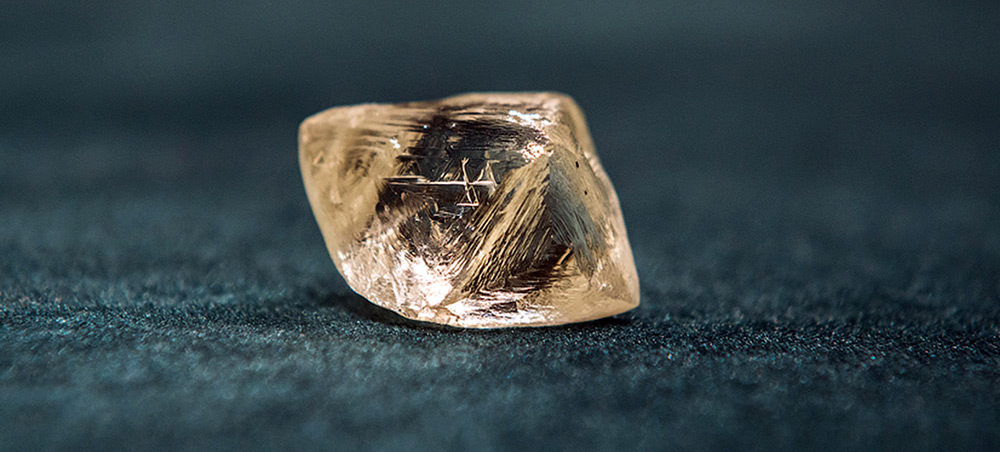
Jewelers consider colorless diamonds to be more valuable than others because they better reflect the entire color spectrum. Diamonds, depending on the color, receive original names, for example, light beige stones are called champagne, and here, too, there is a division - into stones of light champagne, medium and dark colors. And then there are diamonds in the color of light and dark cognac.
Among the diamonds with similar shades, there are stones known for their beauty, that is, stones with a name. Among them there are stones of unique beauty and weight. Blue diamonds are also among the most expensive diamonds. They are rare in nature. Let's take the famous Hope Diamond as an example.
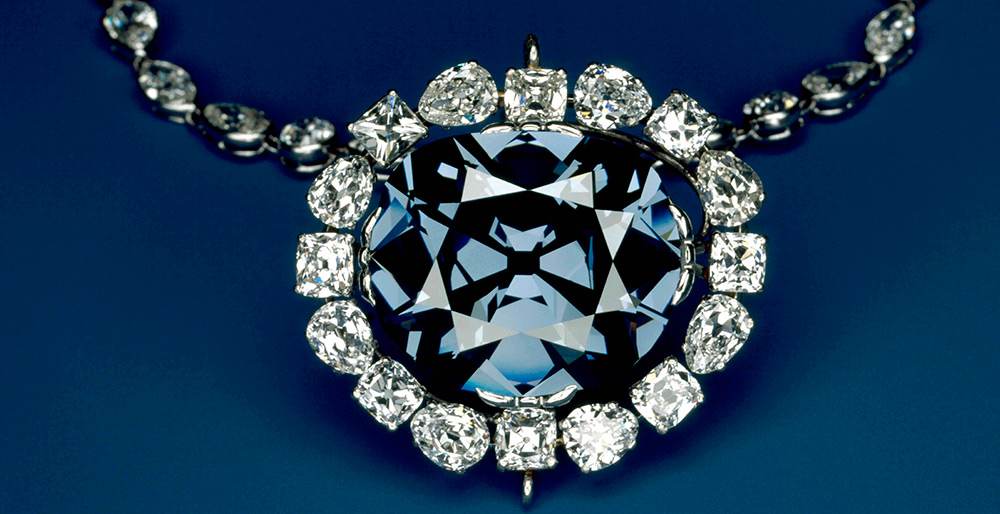
Hope Diamond
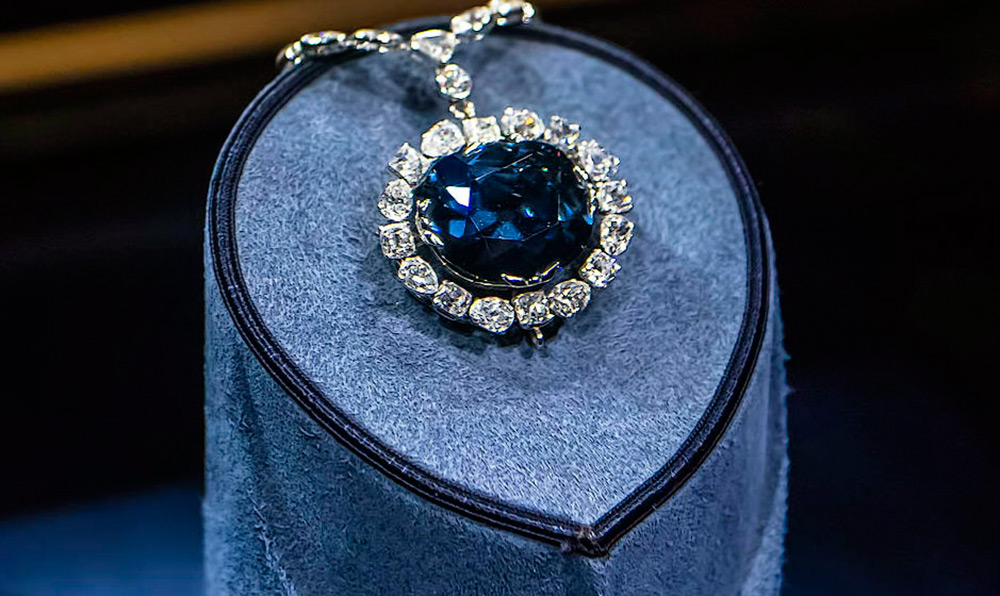
There are many diamonds that bear names. Among them there are many of those whose place of stay is currently unknown. You can only read about such diamonds and admire the beauty by looking at the remaining photos. And sometimes the photos don't stay. What can you do, that's life. After all, from many worthy people, there is no memory in the hearts of others.
And here green diamond - one of the rare and expensive varieties is still kept in the Grünes Geveulbe (Green Vault) jewelery collection in Dresden. In 1741 it was acquired by the King of Saxony. It is known that the green color, which is extremely rare among diamonds, can be obtained by irradiation with alpha particles.In nature, radon can be a source of such radiation.
There are red diamonds, also extremely rare in nature. However, modern technologies allow a lot. So it turns out that red diamond can be obtained by processing with electron flows and heating in vacuum to a temperature of 1100 ° C under one condition - the diamond must contain nitrogen impurities.
There are diamonds whose color does not fit into the standard gradation in any way, they are called fancy. It is hard to believe, but among them there are purple and even black stones. In general, using modern technologies, diamonds can be given any color by exposing them to various factors: pressure, high temperatures, radiation, etc. The international rules for the sale of such diamonds must indicate that they are irradiated.
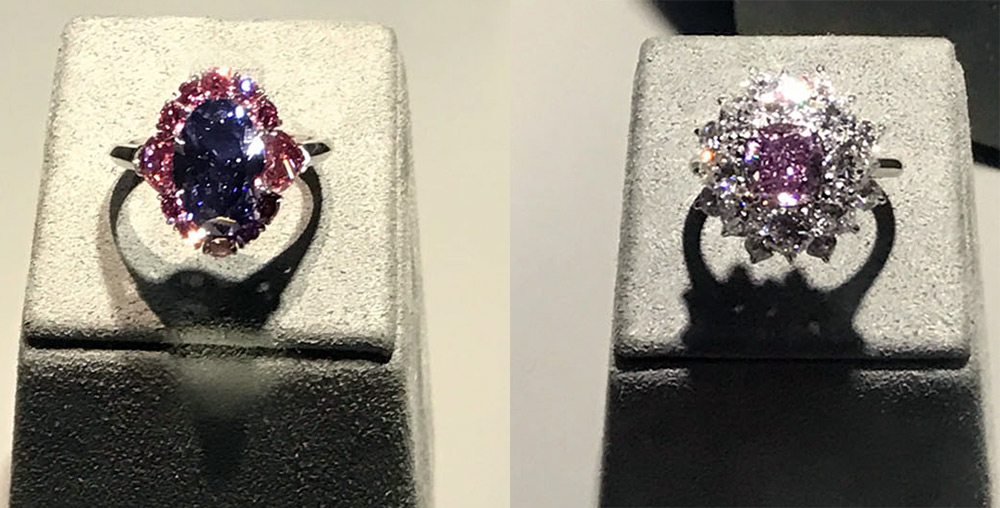
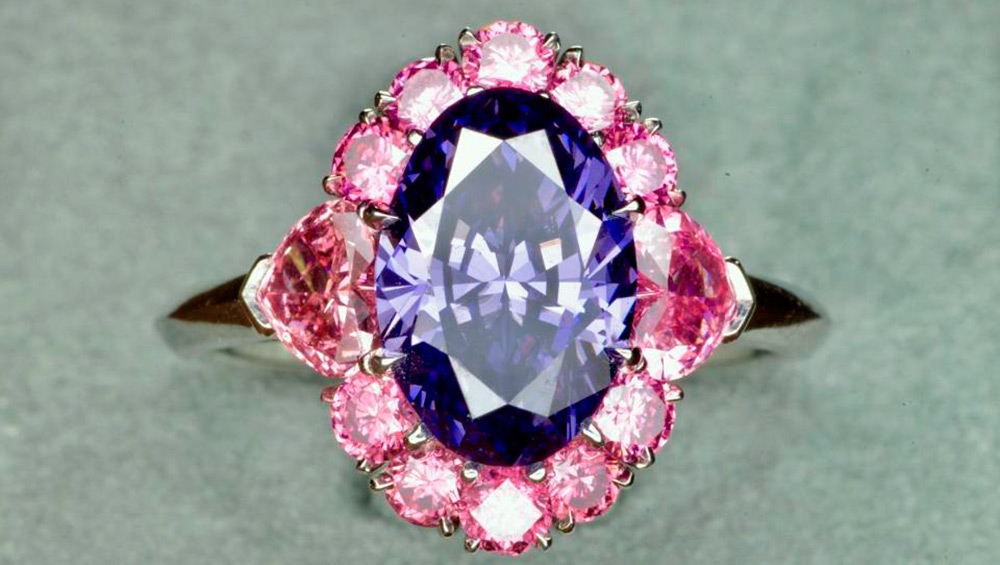
Diamond clarity
The clarity of diamonds is determined by five groups. The criteria for each group are also developed by the Gemological Institute of America.
The upper group is internally flawless, or IF - Internally Flawlles... This group includes stones in which defects are invisible at 10x magnification.
The next group is VVS (Very, Very Small inclusion - Very, very small inclusions). There are two more subgroups in this group: VVS1 and VVS2followed by the group VS also with two subgroups. Stones of less quality in terms of purity fall into the group SI - Small inclusion, in which small inclusions are visible to the naked eye. And finally, the last group - I - Imperfect - Imperfect, in which defects are also visible to the naked eye through the site.
In Russia, purity is determined using a 12-point system, in which stones are more defective under the number 12. Poor quality diamonds can be visually refined by filling cracks and other defects with glass or epoxy.
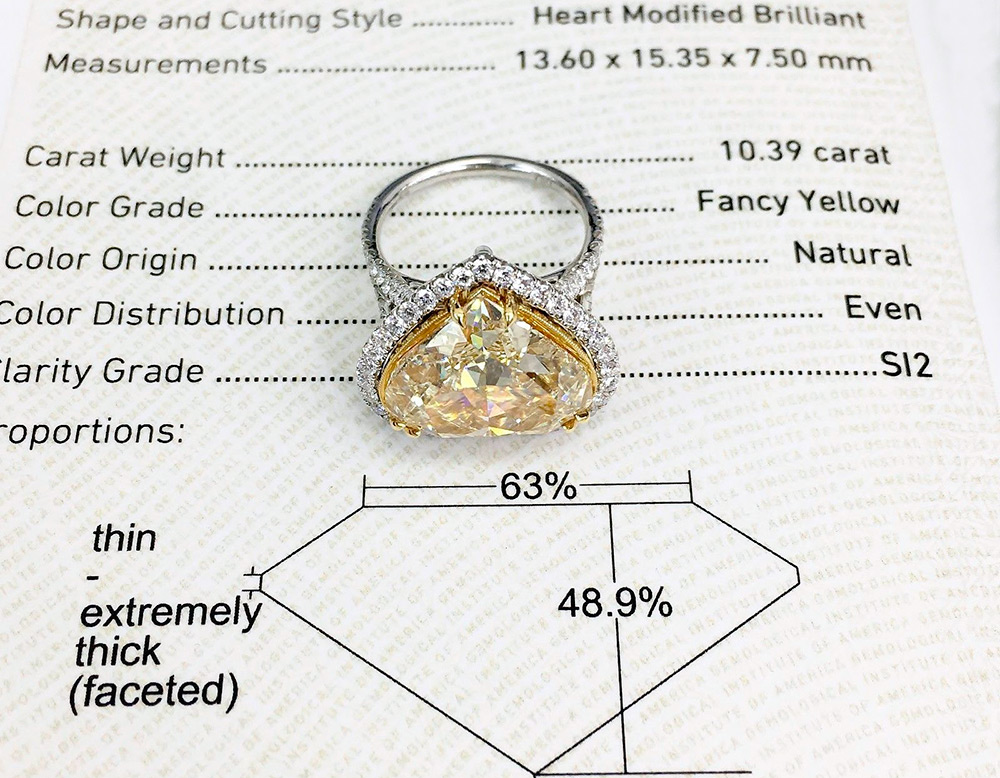
Growing and imitating diamonds
Diamonds can be grown, that is, synthetic diamonds can be obtained by synthesis from graphite at high pressure and temperature. The size of the edge of the crystal is obtained from 0.1 to 1.5 mm at a temperature of 1000 - 2500 ° C - the exposure time is about an hour. For growing a diamond with an edge of 8-10 mm, the impact can last several days. There are other ways to get it. But all synthetic diamonds are mainly used in engineering.
There are many imitation diamonds. For example, rhinestone crystalswhich are transparent like a tear and are very beautiful in themselves. What is not a replacement for diamonds. There is also a transparent quartz, called the Gerkmeier diamond, after the town in New York state, near which a deposit of transparent quartz was discovered.

Cubic zirconias are also used for imitation. Cubic zirconia Are laboratory-grown crystals of zirconium dioxide. Their name is given by the abbreviated name of the institute where they were grown - FIAN - Physics Institute of the Academy of Sciences. By the way, they look so that many of us (not experts in jewelry) will not be able to distinguish them from diamonds.
Garnets can also serve as imitation diamonds. But one of the best imitations of diamonds is a grown silicon carbide crystal - SiC. These crystals are called mossanites named after the scientist G. Mussana, who in 1893 became interested in the chemical composition of the meteorite, which fell 50 thousand years ago in the state of Arizona.
Synthetic moissanites appeared on the market in 1996; the American jewelry company Charles & Colvard is engaged in their manufacture. The play of light in the Moissanites is even higher than that of diamonds. And if they want to hide this dignity of mussanite from the buyer, then the stone is placed in a deaf setting. This is not done with a diamond; light must pass through it.
And one more clue by which you can distinguish a diamond from a mussanite. For mussanite, the polishing lines on the facets run in one direction, while for diamond they run in different directions. And finally, the most important difference between all imitating materials from diamond. You guess, of course. This is the hardness of a diamond that cannot be exceeded, truly it is Invincible.
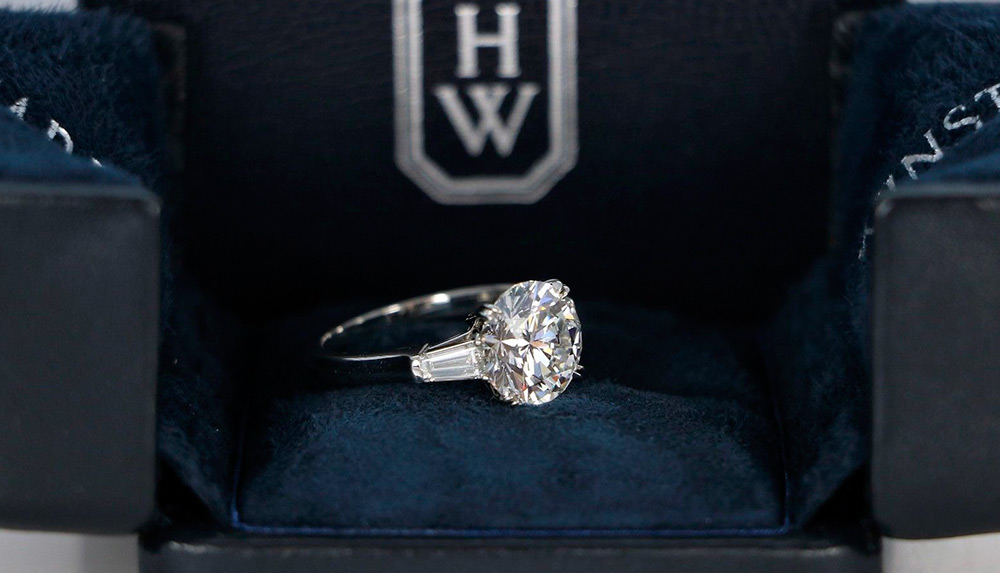
In order to distinguish diamonds from their imitations, special devices are used - diamond testers.These devices can distinguish between the parameters of a diamond and most of its imitations by measuring electrical and thermal conductivity. Again, the exception here was mussanite, which in laboratory conditions can be distinguished from diamond using ultraviolet light. However, we have not forgotten the fourth C, that is, Cut is the cut of the stone. But this is a big story that briefly already covered in mystyle.decorexpro.com/en/... It is thanks to the cutting that the diamond has managed to prove itself as a diamond.
So you are now familiar with the four important C's to guide you when buying diamonds. All that remains is to buy jewelry with these beautiful stones. However, do not refuse to imitate them, if, of course, your pride and vanity allow.
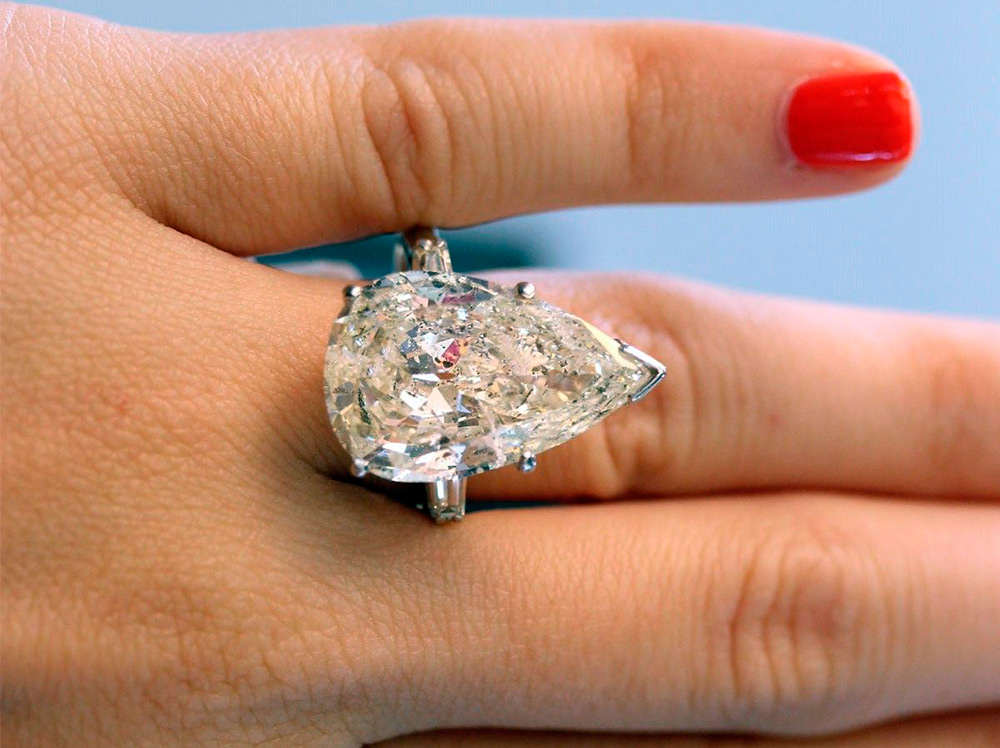
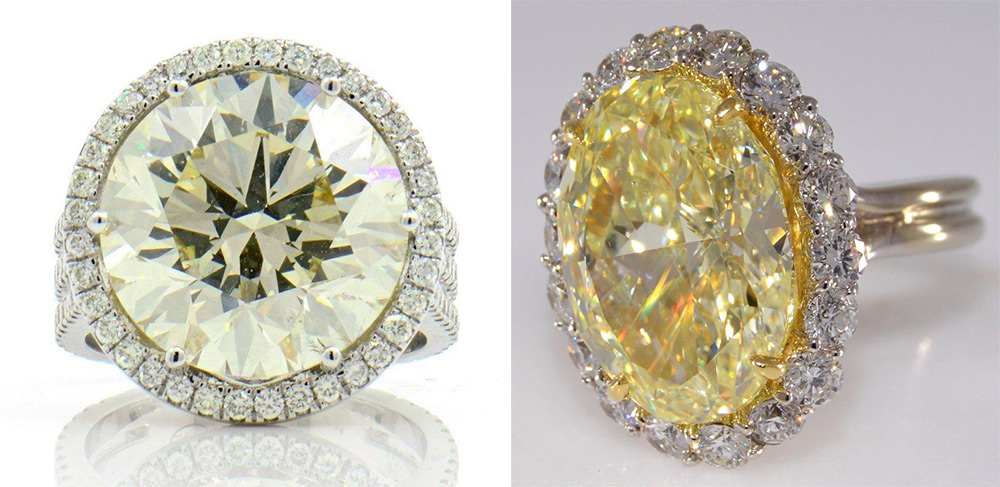
Comments and Reviews
Add a comment
Similar materials
Rating news
Shades of clothing that make women look younger
What shades of hair make women younger: rules and photos
Funny wedding dresses - photos and ideas
12 most expensive down jackets for the winter
How to look 25 at 40: tips from supermodels
Beautiful schoolgirls
Anti-aging haircuts and hairstyles for women
Fashionable skirts for autumn and winter
Fashionable women's trousers for the cold season
Fashionable and stylish sandals for summer 2024
Spring-summer 2024
 Fashionable dresses and tops with thin spaghetti straps
Fashionable dresses and tops with thin spaghetti straps
 Bandana tops: how to wear stylishly and beautifully
Bandana tops: how to wear stylishly and beautifully
 How to put together the perfect men's wardrobe for the summer
How to put together the perfect men's wardrobe for the summer
 Fashionable shorts for spring-summer 2024
Fashionable shorts for spring-summer 2024
 Fashionable skirts for spring-summer 2024: a guide to online shopping
Fashionable skirts for spring-summer 2024: a guide to online shopping
 The most fashionable dresses spring-summer 2024: styles and colors
The most fashionable dresses spring-summer 2024: styles and colors
 Fashionable total look 2024: ideas of images and trends
Fashionable total look 2024: ideas of images and trends
